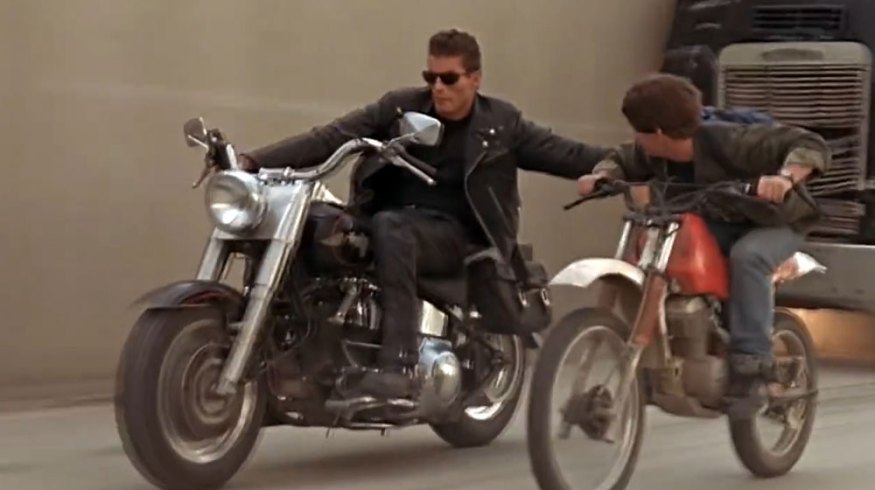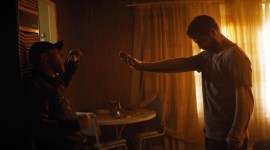
Production Tips: How to Maintain the Stunt Double Illusion
Using stunt doubles can protect star talent and keep a production on track, but you need more than wardrobes and wide shots to pull off the switch.
When it comes to stunts, not every actor is Jackie Chan or Tom Cruise. Most actors will require a stunt double for certain scenes, whether it’s a high fall, breaking through glass, or vehicle work. Even if the actor has gone through serious and disciplined stunt training, and even in the most controlled environments, accidents can happen. Having a double can help protect star talent from injuries that could put the entire production out of commission.
For example, in a rooftop leap between buildings in the latest installment of Mission: Impossible, Tom Cruise actually breaks his ankle in the take they use for the final product. Even though he was completely rigged with wires (which were digitally removed, of course) and had rehearsed the stunt and already done several takes, the slightest change in the angle of his foot caused his ankle to break against the wall, halting production for three months.
Despite the risks of your lead actor doing their own stunts, the payoff is a captivated audience. The moment viewers notice a stunt double on-screen, they’re no longer paying full attention to your badass action sequence, and they become more critical of any subsequent stunts.
What you need is a smooth, unnoticeable transition between actor and double. This goes beyond matching their clothes and throwing a wig on a look-a-like and cutting suddenly to a wide shot (which is honestly exactly what John Woo did in the climactic boat chase in Face/Off). Nearly every shot of Nicolas Cage and John Travolta is a mid to close-up. Once a stunt begins, Woo cuts suddenly to a wide, but even on a small screen, the stunt double switch is noticeable.
A better way to go about this is to not just use the framing to hide a double’s face but to also use angles and editing to blur the lines between them. Don’t reserve close-ups for only the actor and wides only for the double. We see this done excellently in John Wick: Chapter 2.
Yes, some shots do simply frame out the double’s face, but this is after we’ve seen Keanu Reeves do so many of his own smaller stunts and fighting that in that split-second moment, we believe it’s still him. But beyond that, we see a lot of Reeves in the wide shots, so when the double takes his place in a wide shot, it’s much harder for us to tell. What this does is help create “change blindness.”
Change blindness happens when a change in someone’s visual field goes unnoticed. This phenomenon is more likely when the observer lacks interest, which is the exact opposite, hopefully, of those viewing your action scene. Since your viewer is so invested in the excitement on-screen, they’re more likely to notice small changes, especially between an actor’s face and their double in just a few frames. The more we blur the lines, the less we notice.
However, the fact that Reeves does many of his own stunts and trains extremely hard to nail the fight choreography really helps this switch. The more time you can give your lead to train and work with your stunt coordinator, the more easily you will trick your audience.
Another key factor is the double, well . . . doubling the actor! Body language is a huge communicator — and a red flag to the audience. If the double doesn’t move like the actor, then chances are they’ll get called out. In A Nightmare on Elm Street, Wes Craven originally had a stunt double for the scene wherein Nancy lights Freddy Krueger (Robert Englund) on fire. But Craven didn’t think the double moved like Englund, so instead he lit Englund on fire.
Make sure the stunt double studies his actor’s movements. Don’t reserve one type of shot for either actor or double. And if possible, train your lead to take on at least some of his or own stunts to better blur the lines between actor and double and fool your audience.
Cover image via Terminator 2: Judgment Day (TriStar Pictures).
Looking for more filmmaking tips and tricks? Check these out.





